In a world increasingly conscious of sustainability and creative reuse, the concept of Recycled Material Fairy Tale Houses has captured the imagination of artists, educators, and environmentalists alike. These whimsical structures, crafted from discarded cardboard boxes and other reclaimed materials, are more than just art installations—they represent a collective effort to reimagine waste as a medium for storytelling and community engagement. The movement, which began as a grassroots initiative, has now blossomed into a global phenomenon, inspiring workshops, exhibitions, and even architectural experiments.
The idea behind these cardboard constructions is deceptively simple: take something mundane and transform it into something magical. Cardboard, often seen as a temporary or disposable material, becomes the foundation for castles, cottages, and fantastical dwellings that seem plucked from the pages of a storybook. The process of building these structures is as important as the final product. It encourages collaboration, problem-solving, and a shared sense of accomplishment among participants, whether they are children, students, or professional artists.
One of the most compelling aspects of this movement is its accessibility. Unlike traditional art forms that may require expensive materials or specialized skills, cardboard architecture is democratic by nature. All that’s needed is a willingness to experiment and a bit of creativity. Workshops often begin with a pile of boxes, some scissors, tape, and paint, yet within hours, these humble supplies are transformed into intricate facades, towering spires, and cozy nooks. The tactile nature of the work—cutting, folding, and assembling—invites participants to engage with their hands as well as their minds, fostering a deeper connection to the creative process.
The environmental message embedded in these projects is impossible to ignore. In an era of rampant consumerism and waste, the Recycled Material Fairy Tale Houses serve as a tangible reminder of the potential hidden in what we often throw away. Cardboard, one of the most commonly recycled materials, takes on a new life in these creations, challenging perceptions of value and utility. The projects also spark conversations about sustainability, encouraging participants to think critically about their consumption habits and the lifecycle of everyday objects.
Beyond their ecological significance, these cardboard structures have a profound social impact. Many projects are designed as collaborative endeavors, bringing together diverse groups of people to work toward a common goal. In schools, they become tools for teamwork and communication; in communities, they act as bridges between generations or cultures. The act of building something together fosters a sense of belonging and shared purpose, turning the construction process into a form of social sculpture. The finished houses, often displayed in public spaces, become points of pride and conversation starters, inviting viewers to reflect on the intersection of art, sustainability, and collective effort.
Artists and educators leading these workshops emphasize the importance of play and imagination. Unlike rigid architectural models, fairy tale houses are free from the constraints of practicality or permanence. This freedom allows for boundless creativity—windows might be lopsided, roofs might be adorned with bottle-cap shingles, and walls might be covered in hand-drawn murals. The imperfections are celebrated as part of the charm, reinforcing the idea that art doesn’t have to be perfect to be meaningful. For children, especially, this unstructured approach is liberating, offering a rare opportunity to create without rules or expectations.
The movement has also caught the attention of architects and designers, who see potential in the principles of cardboard construction for more than just artistic expression. Some have explored the use of recycled materials in temporary shelters, pop-up installations, or even modular housing prototypes. The lightweight yet sturdy nature of cardboard, when treated or layered correctly, can yield surprisingly durable results. These experiments blur the line between art and utility, suggesting that the lessons learned from fairy tale houses could have real-world applications in sustainable design.
Exhibitions featuring these recycled creations have popped up in galleries, museums, and festivals worldwide. Each display is unique, reflecting the cultural influences and collective vision of its creators. Some installations are interactive, allowing visitors to step inside the houses or add their own embellishments. Others are more contemplative, arranged like a miniature village that invites viewers to imagine the stories behind each structure. The sheer variety of styles and approaches underscores the versatility of cardboard as a medium and the universality of the fairy tale as a narrative form.
At its heart, the Recycled Material Fairy Tale House movement is about more than just building with cardboard. It’s a celebration of resourcefulness, a testament to the power of collective creativity, and a gentle critique of our throwaway culture. By turning discarded materials into objects of beauty and wonder, these projects remind us that magic can be found in the most unexpected places—and that sometimes, all it takes is a little imagination to see the potential in what others might overlook.
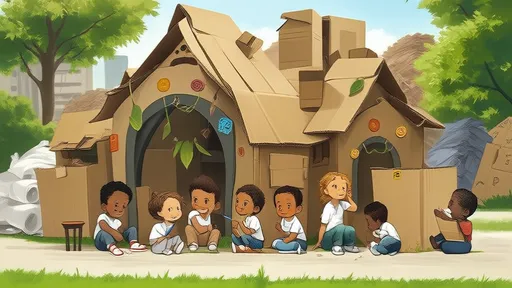
By /Jul 9, 2025
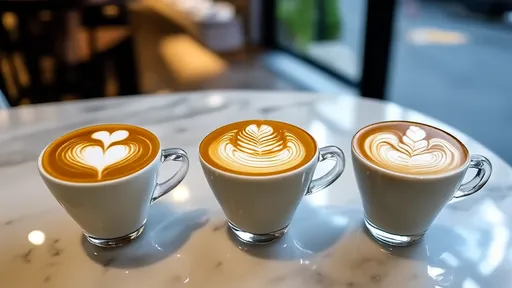
By /Jul 9, 2025
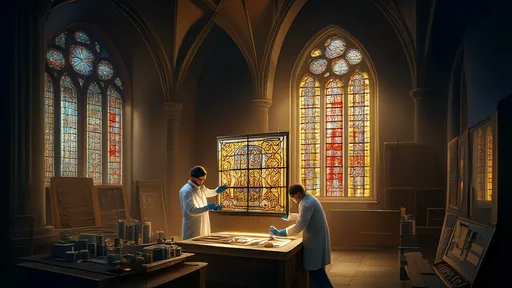
By /Jul 9, 2025
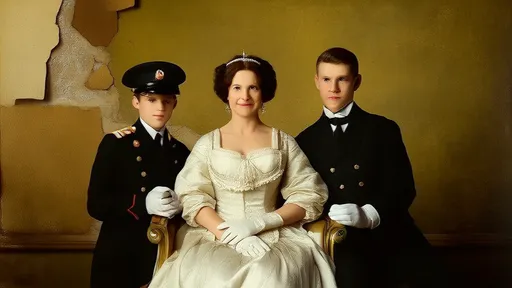
By /Jul 9, 2025
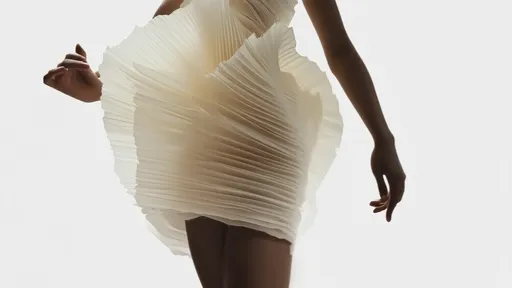
By /Jul 9, 2025
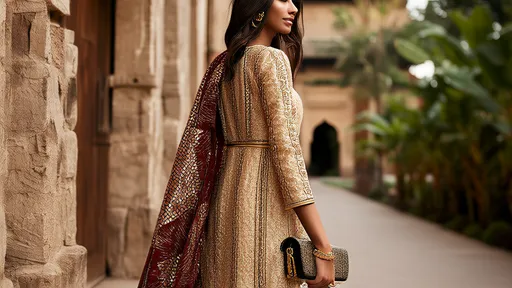
By /Jul 9, 2025

By /Jul 9, 2025
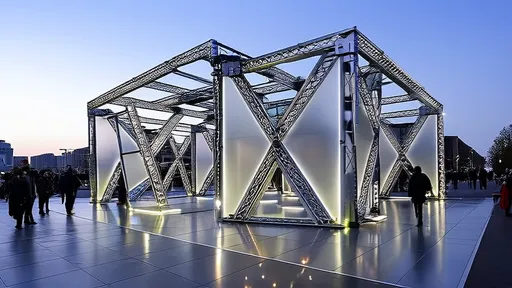
By /Jul 9, 2025
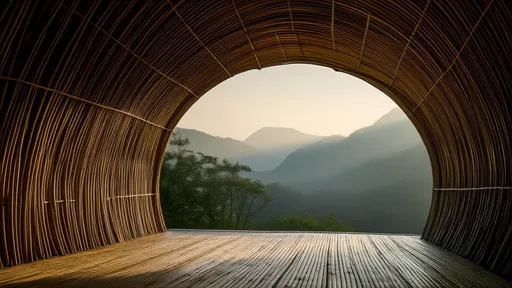
By /Jul 9, 2025

By /Jul 9, 2025

By /Jul 9, 2025
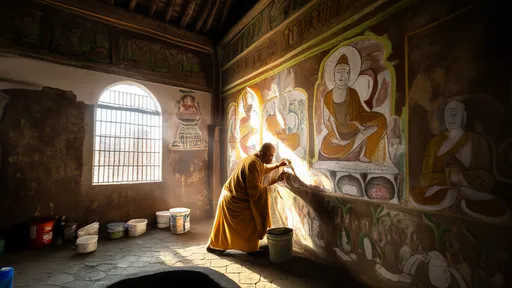
By /Jul 9, 2025
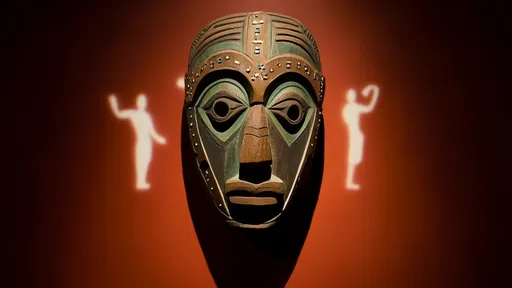
By /Jul 9, 2025
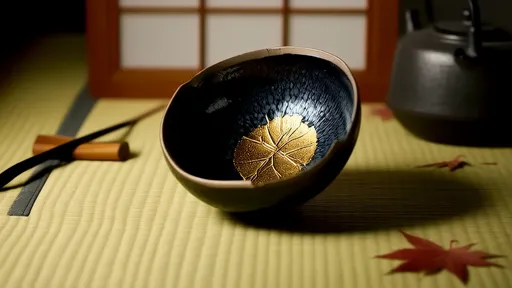
By /Jul 9, 2025

By /Jul 9, 2025
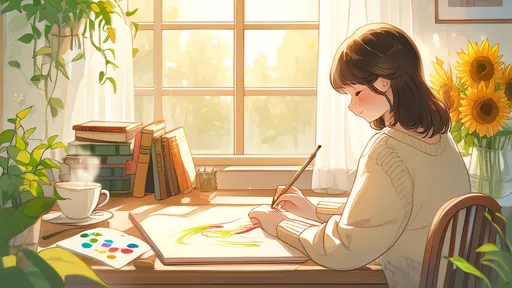
By /Jul 9, 2025
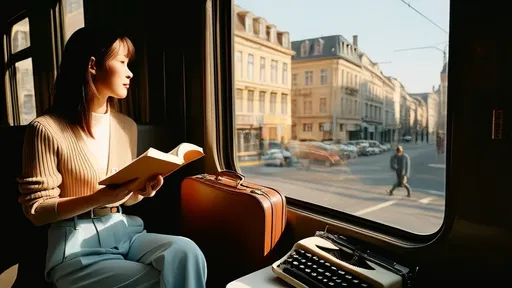
By /Jul 9, 2025
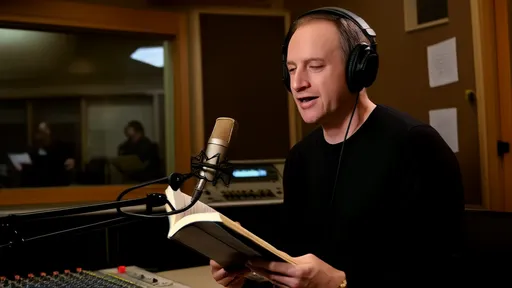
By /Jul 9, 2025